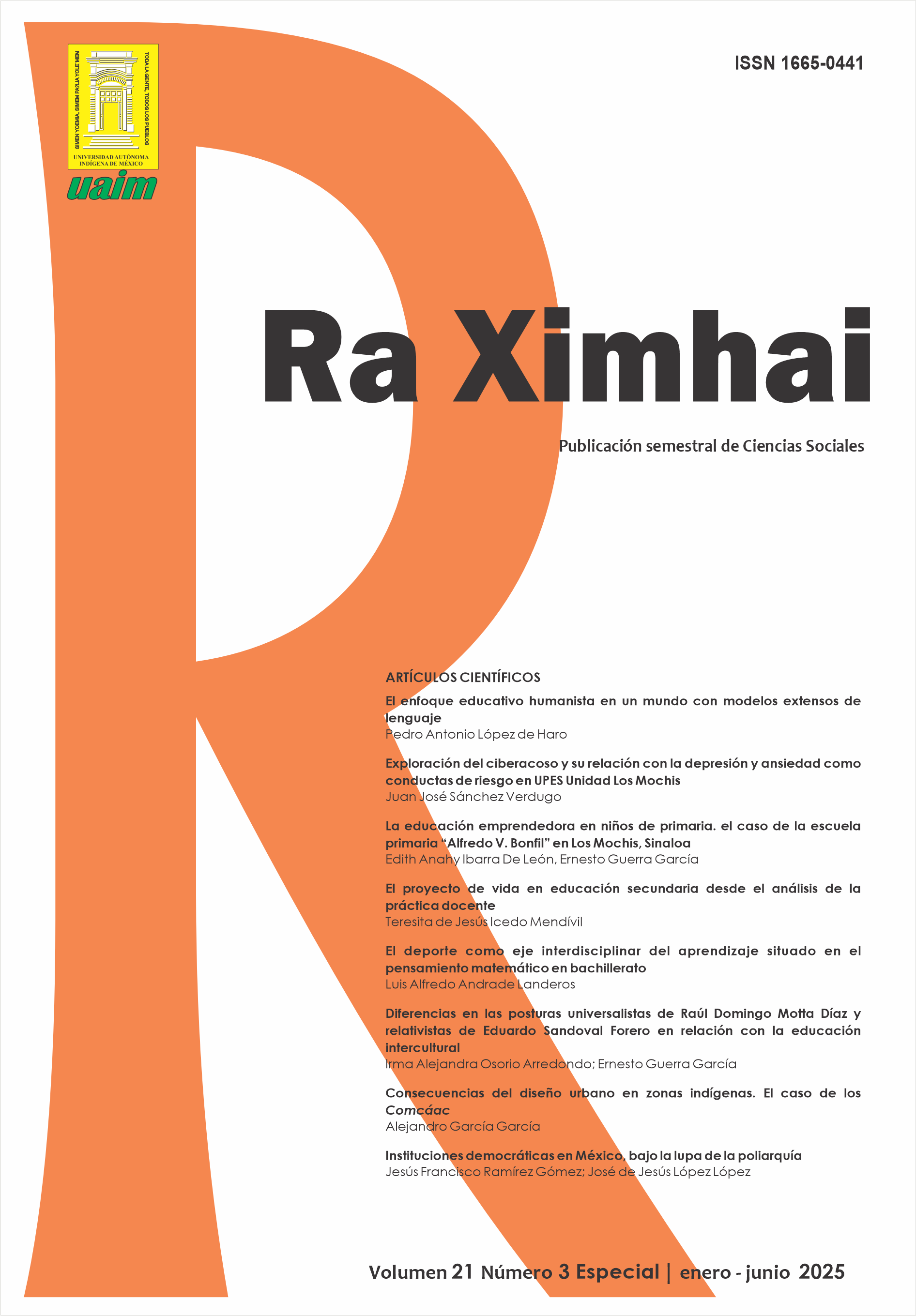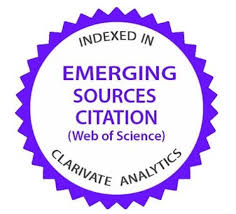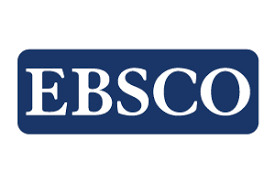Humanist educational approach in a world with Large Language Models (Artificial Intelligence): Reflexions and experiences from a university professor
DOI:
https://doi.org/10.35197/rx.15.05.2025.01.plKeywords:
humanist approach, large language models, artificial intelligence, higher educationAbstract
Large Language Models (LLM’s) are statistical programs able to generate text extremely rapidly, known colloquially as “Artificial Intelligence” (AI). Due to the fact that they tend to be trained with huge amounts of online information, results are often quick and surprising, to the point that many of them are already passing the famous “Turing test”; however, most experts still claim these models are far from being considered “Artificial General Intelligence (AGI). The main advancements that we are interested in are the speed of the new models, as well as the availability of use for any person with an internet connection, which has deep implications in several fronts, specifically for educators and students. This article uses hermeneutical phenomenology to reflect on, and re-signify the role of the university professor, in an environment where most people, having at least one device that can be connected to internet, have access to LLMs. Firstly, we offer the technical definition of LLM, along with some statistics, then we explore the scientific literature on the use of LLMs in university students and finally, we reflect on its consideration, for the rethinking of activities inside the classroom, the redesign of educational programs and even the modification of whole educational policies. We conclude on the importance of the humanist approach, and mediation on the university professor in the use of LLMs.
Downloads
References
AlAfnan, M. A., Dishari, S., Jovic, M., & Lomidze, K. (2023). Chatgpt as an educational tool: Opportunities, challenges, and recommendations for communication, business writing, and composition courses. Journal of Artificial Intelligence and Technology, 3(2), 60-68.
An, J., Ding, W., Lin, C. (2023). ChatGPT: tackle the growing carbon footprint of generative AI. Nature, 615 (7952). 586.
Beck, J., Stern, M., & Haugsjaa, E. (1996). Applications of AI in Education. XRDS: Crossroads, The ACM Magazine for Students, 3(1), 11-15.
Delanoë, P., Tchuente, D., Colin, G. (2023). Method and evaluations of the effective gain of artificial intelligence models for reducing CO2 emissions. Journal of Environmental Management, DOI: https://doi.org/10.1016/j.jenvman.2023.117261.
Dempere, J., Modugu, K., Hesham, A., & Ramasamy, L. K. (2023). The impact of ChatGPT on higher education. Frontiers in Education (Vol. 8, p. 1206936).
Harnad, S. (2000) Minds, Machines and Turing. Journal of Logic, Language, and Information, 9, 425-445. https://doi.org/10.1023/A:1008315308862
Harry, A. (2023). Role of AI in Education. Interdisciplinary Journal & Humanity (INJURITY), 2(3).
Johnson, A. (2019). 5 ways AI is changing the Education Industry. https://elearningindustry.com/ai-is-changing-the-education-industry-5-ways
Klee, M. (17 de mayo de 2023). Professor flunks all his students after ChatGPT falsely claims it wrote their papers. Rolling Stone. Artículo recuperado de: https://www.rollingstone.com/culture/culture-features/texas-am-chatgpt-ai-professor-flunks-students-false-claims-1234736601/
Mytton, D. (2021). Data centre water consumption. npj Clean Water, 4(1), 11.
Nguyen, N. D. (2023). Exploring the role of AI in education. London Journal of Social Sciences, (6), 84-95.
Saygin, A.P., Cicekli, I. and Akman, V. (2000) Turing Test: 50 Years Later. Minds and Machines, 10, 463-518. https://doi.org/10.1023/A:1011288000451
Sijing, L., & Lan, W. (2018). Artificial intelligence education ethical problems and solutions. 13th International Conference on Computer Science and Education, ICCSE 2018, 155–158. doi:10.1109/ICCSE.2018.8468773
Shieber, S.M. (1994) Lessons from a Restricted Turing Test. Communications of the ACM, 37, 70-78. https://doi.org/10.1145/175208.175217
Milmo, D. (2 de febrero de 2023). ChatGPT reaches 100 million users two months after launch. The Guardian. Artículo recuperado de:
Tahiru, F. (2021). AI in education: A systematic literature review. Journal of Cases on Information Technology (JCIT), 23(1), 1-20
Trifonova, A., Destéfano, M., & Barajas, M. (2024). Teaching AI to the Next Generation: A Humanistic Approach. Digital Education Review, 45, 115-123
Wang, H. Li, J., Wu, H., Hovy, E. y Sun, Y. (2023). Pre-trained language models and their applications. Engineering, 25(2023), 51-65.
Wu, H., Wang, X., & Fan, Z. (2025). Addressing the sustainable AI trilemma: a case study on LLM agents and RAG. arXiv preprint arXiv:2501.08262.
Downloads
Published
How to Cite
Issue
Section
License
Copyright (c) 2025 Pedro Antonio López de Haro

This work is licensed under a Creative Commons Attribution-NonCommercial 4.0 International License.
Usted es libre de:
- Compartir — copiar y redistribuir el material en cualquier medio o formato
- Adaptar — remezclar, transformar y construir a partir del material
- La licenciante no puede revocar estas libertades en tanto usted siga los términos de la licencia
Bajo los siguientes términos:
- Atribución — Usted debe dar crédito de manera adecuada , brindar un enlace a la licencia, e indicar si se han realizado cambios . Puede hacerlo en cualquier forma razonable, pero no de forma tal que sugiera que usted o su uso tienen el apoyo de la licenciante.
- NoComercial — Usted no puede hacer uso del material con propósitos comerciales .
- No hay restricciones adicionales — No puede aplicar términos legales ni medidas tecnológicas que restrinjan legalmente a otras a hacer cualquier uso permitido por la licencia.








